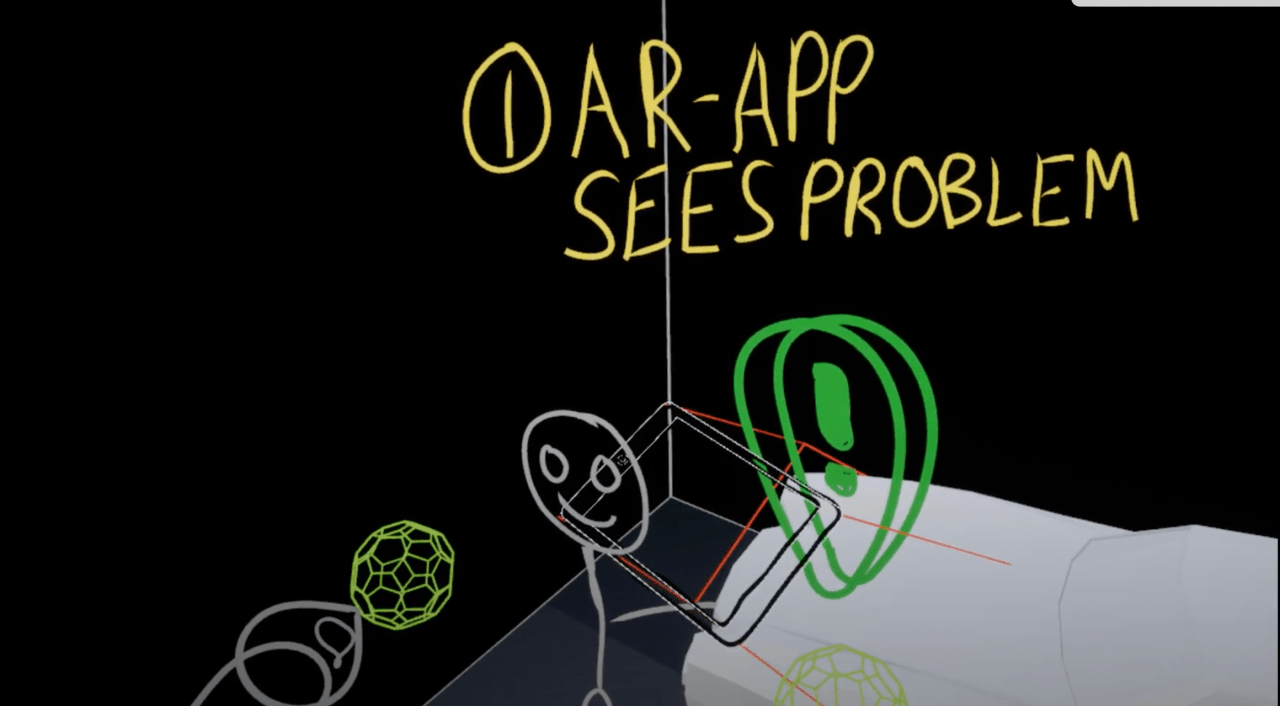Virtual reality (VR) and augmented reality (AR) have exploded onto the scenery of modern technology, creating immersive worlds that captivate and engage users. However, designing for these environments has traditionally been a domain restricted to those with a deep technical background. Enter Sketchbox—a Y Combinator-backed tool revolutionizing the way designers approach VR and AR development. By removing the requirement for coding and complex 3D modeling expertise, Sketchbox is positioning itself as a game-changer in the industry.
The Challenge of VR and AR Design
As the AR and VR sectors continue to mature, the demand for efficient and user-friendly design tools has emerged as a critical need. Industry giants like Unity and Epic Games have developed software that allows for intricate edits within virtual environments; however, these programs remain intricate and are often more suited for skilled developers than designers.
- Coding Skills Not Required: Traditional VR and AR design platforms frequently require users to have extensive coding knowledge or familiarity with complex software.
- Resource-Intensive Production: Crafting immersive experiences can be an expensive and resource-heavy affair, limiting exploration for many creatives without the necessary funding.
Sketchbox: Empowering Designers
Sketchbox has emerged to fill this significant gap. With its recent launch from Y Combinator’s startup portfolio, the platform aims to empower designers by providing tools that enable them to build VR and AR environments without the need for programming knowledge.
According to co-founder Joe Connolly, the focus is clear: “We’re really focused on designers that don’t have the 3D expertise in desktop design tools.” This tool is essential for companies struggling to find a talent pool that combines both design and engineering skills.
Key Features of Sketchbox
The design tool is not just a means for creating rudimentary sketches; it offers several features aimed at fostering creativity and precision:
- Importing 3D Models: Users can incorporate pre-existing 3D files, allowing for a broad scope of creativity in refining their designs.
- Custom Graphics: The ability to add personalized graphics allows designers to infuse their work with unique elements that reflect their vision.
- Immersive Detail Orientation: Designers can get up close to their creations or visualize them from a distance, enhancing their conceptual understanding of scale and intricacy.
This immersive approach enables designers to cultivate their projects from within the virtual environment, making the design process more intuitive and dynamic.
Practical Applications and Collaborations
One of the most intriguing aspects of Sketchbox is its capacity to facilitate collaboration among teams. Users can share project files or utilize a presentation mode to walk stakeholders through concepts in real-time, thereby offering a more tangible understanding of their creative vision than traditional sketches or dioramas.
As Connolly notes, “Sketchbox aims to be a great space for designers to dump their brain into a 3D void,” essentially producing a versatile environment for organizing and refining designs effectively.
Once a project is polished and ready for further development, files can easily be exported to platforms like Unity or uploaded to Sketchfab, ensuring seamless integration into the broader development workflow.
Conclusion: A Paradigm Shift in Design
Sketchbox is making strides toward democratizing design within the AR and VR spaces. By offering an intuitive, no-code environment tailored for designers, the tool enhances creativity while minimizing barriers to entry in the rapidly evolving tech landscape. As more designers explore the potentials of VR and AR without the constraints of traditional engineering knowledge, we are likely to see an explosion of innovative projects that redefine how these immersive environments are created and experienced.
At fxis.ai, we believe that such advancements are crucial for the future of AI, as they enable more comprehensive and effective solutions. Our team is continually exploring new methodologies to push the envelope in artificial intelligence, ensuring that our clients benefit from the latest technological innovations. For more insights, updates, or to collaborate on AI development projects, stay connected with fxis.ai.

